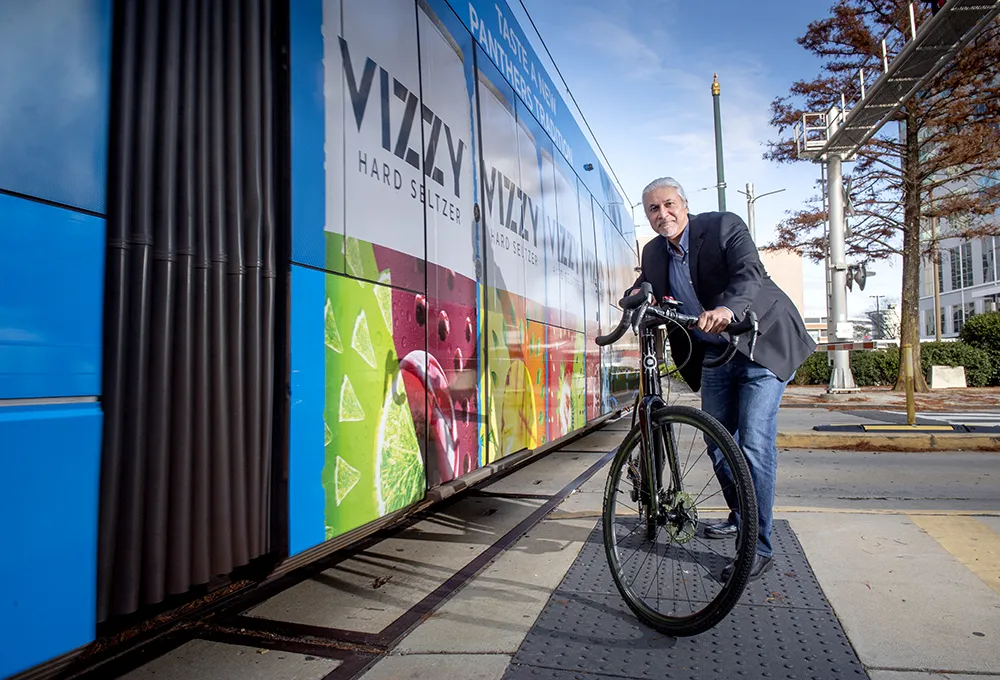
The MiniReflecto is a family of innovative instruments for on-site or laboratory measuring of retroreflection and reflection properties. Items that can be measured include road markings, road signs, road studs, safety clothing and any objects or material designed to reflect light.
The MiniReflecto measures the night visibility RL value - coefficient of retroreflected luminance - and the Qd value - day light visibility. The values of these coefficients indicate how a driver will experience visibility of road markings.
The MiniReflecto is compact and weighs less than 2.1kg, including the required AA batteries. Its size is only 255mm x 160mm x 220mm, about half the size of older-technology competitors.
Because the MiniReflecto uses LED technology, the instrument is almost maintenance-free and is extremely energy efficient. The innovative patent pending optical system is according CIE V(ʎ) specifications, enabling accurate measuring of all colours and types of road markings, even profiled up to 15mm.
MiniReflecto Horizontal meets all requirements of international standards, such as the 30-metre by ASTM E1710 and EN1436 for RL (88.76° / 1.05°).










